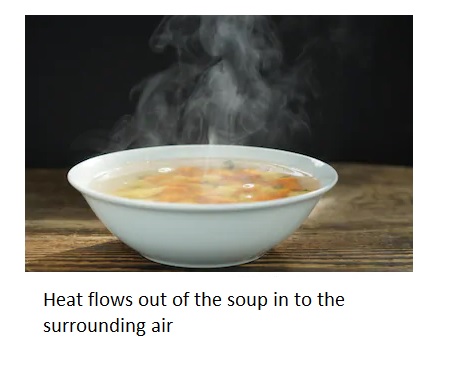The first law of thermodynamics represents the conservation of energy for both closed and open systems. In turn, no process is known to have taken place that has violated the first law. However, even though this is case, it does not mean that the process can take place even if the first law is satisfied. The reason for this is because energy flow is directional. This is where the 2nd law of thermodynamics comes in.
For example, let’s take a look at a bowl of hot soup that is left out on the table. Overtime this bowl of soup’s temperature will reduce to room temperature. This process satisfies the first law of thermodynamics. The reason why is because the heat energy from the soup transfers into the air. However, the heat energy can transfer back into the soup without violating the first law. Even though in reality this is not possible. The reason why is because energy flow is direction.

From this argument, as well as many other arguments, we can see that the first law does not consider direction. This is a flaw in the first law. In reality energy flow is directional. Because of this the second law of thermodynamics was introduced. The second law is used to to show that energy flow is directional. It also shows that energy has both quality as well as quantity. Energy quality is important to engineers because it shows how the energy can degrade during a process. The 2nd law provides the necessary means to determine this. Finally, the second law is used to determine the theoretical efficiency of heat engines as well as refrigerators.
A process can only occur if both the first law and second law of thermodynamics is satisfied.